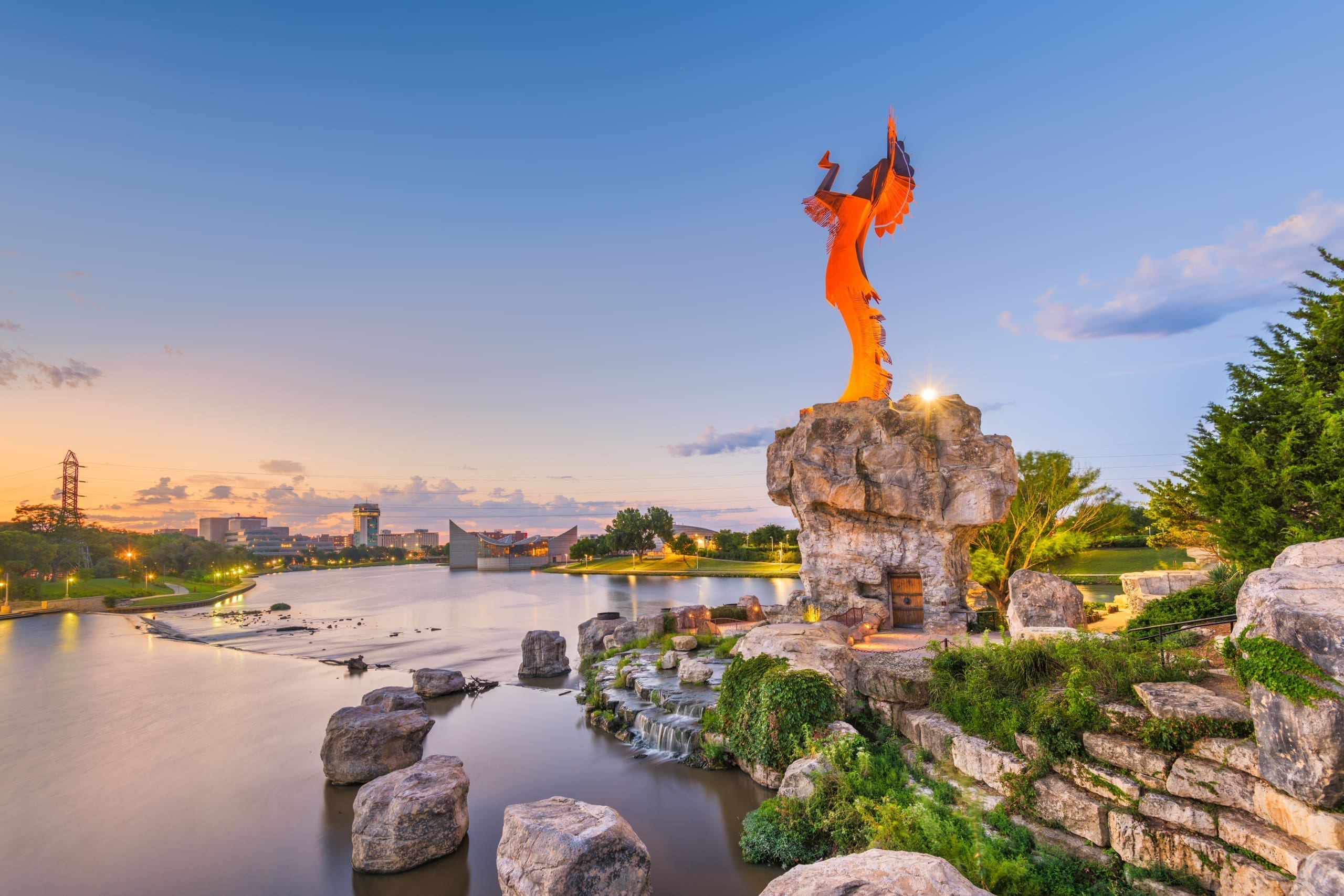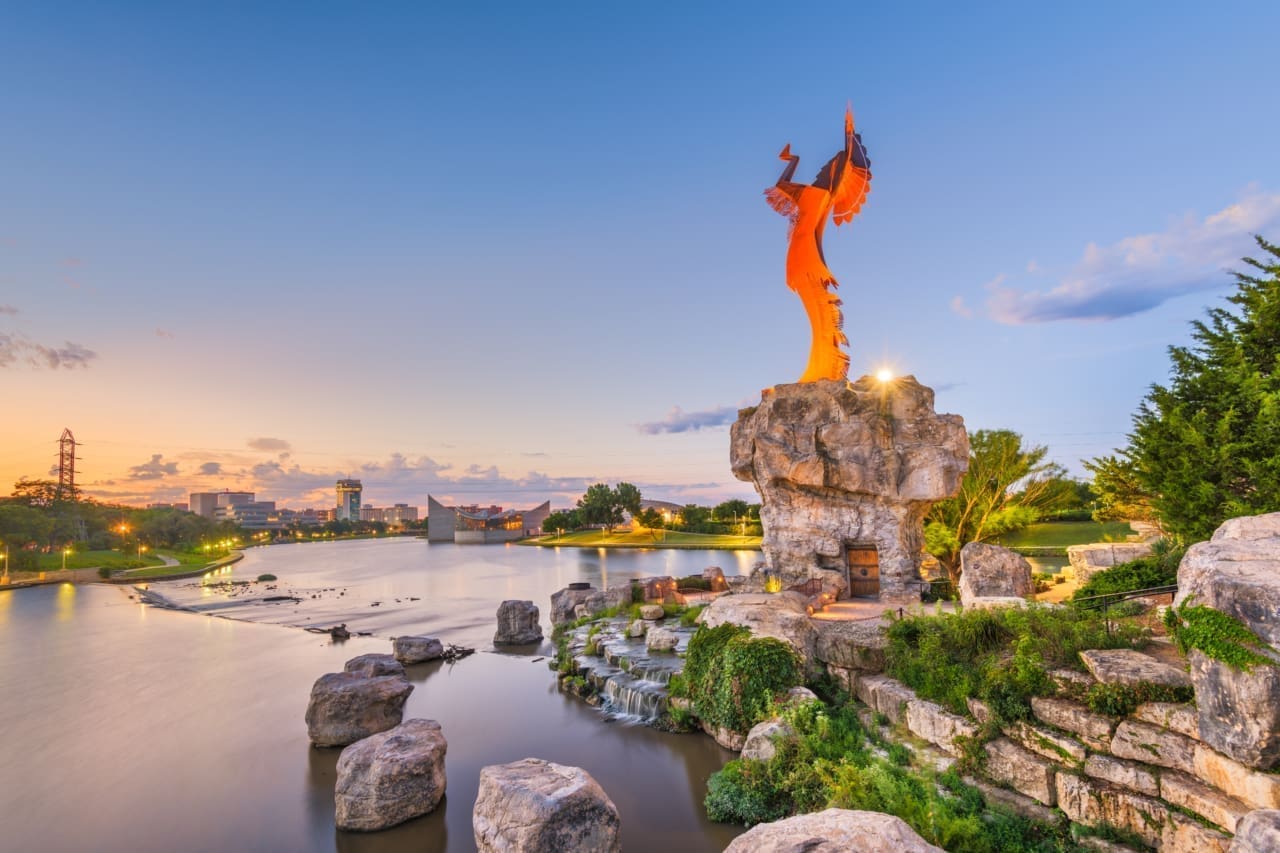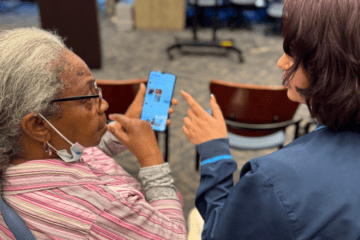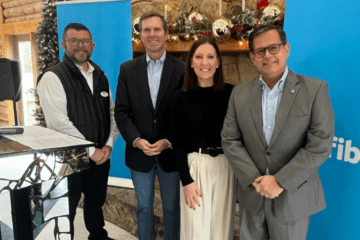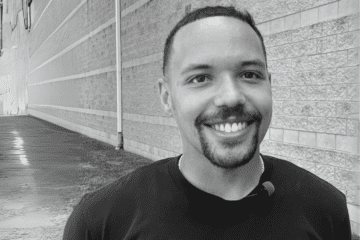As we celebrate Native American Heritage Month (NAHM), we’re taking the time to honor, learn and reflect the history of our country and the people who have called this land home for centuries. And while this month is a time to reflect on Native American’s storied past, it’s also a time to look forward to how each of us can help preserve their culture and traditions for generations to come.
As part of this effort, we’re working with indigenous groups to learn how we can help meet their community’s internet connectivity needs – as far too many Tribal communities remain unconnected.
To connect Native Americans to the benefits of the internet, we’re working to address the unique needs of communities by dismantling their barriers to connectivity – whether it’s lack of access to the internet, affordability concerns, low adoption rates or a combination of these obstacles.
Expanding Internet Access
Much of the work we’re doing to keep Tribal communities connected relies on access – and that’s where FirstNet®, Built with AT&T comes in. For communities across the country, FirstNet is the most important wireless network as it serves our first responders – whether rural, tribal, urban or suburban.
Tribal and rural first responders often face a unique set of challenges – whether that’s covering sparsely populated areas or facing situations without proper connection. By expanding the reach of FirstNet into more rural and Tribal communities, we can help mitigate those obstacles.
- During the COVID-19 pandemic, public safety’s FirstNet network provided much needed connectivity, logistics coordination, packaged foods and medical supplies to Tribal nations in 32 states.
And first responders aren’t the only ones who benefit from the expansion of the FirstNet network as it offers the perfect opportunity to boost wireless communications that benefit entire communities, including businesses and residents.
To bring these benefits to more Tribal communities, we’re expanding the FirstNet network, including improving communications for first responders in Navajo Nation, by collaborating to help build out additional Band 14 and AT&T commercial spectrum across more than 100 sites.
“This is a great collaboration that is increasing the telecommunications capabilities that our frontline warriors need to help respond to emergency situations on the Navajo Nation. The behind the scenes work and coordination has been tremendous and now we are seeing the real change that our communities will benefit from in terms of greater resources for first responders. This is Nation building and we look forward to constructing more infrastructure to improve the quality of life for our Navajo people. We welcome FirstNet to the great Navajo Nation.” – Jonathan Nez, Navajo Nation President
To further expand access to keep communities safe, Tribes, like the Delaware Tribe of Oklahoma, have used dedicated FirstNet deployable network assets to improve communications during traditional celebrations like the Powwow – where they used FirstNet to help keep the crowd safe during the celebration.
- The FirstNet deployables at the Powwow helped first responders access clear and critical information – because Powwow participants should be focused on paying tribute to the vibrant histories and diverse cultures of Tribal communities rather than be worried about their safety.
In addition to FirstNet sites and deployables serving the Tribal communities, we’re also excited to be working with the Rincon Band of Luiseño Indians in Southern California to help bring connectivity to their community.
Lowering the Cost of Home Internet
Far too many Americans, particularly in Tribal and rural communities, lack connection due to concerns around affordability. The federal Affordable Connectivity Program (ACP), and the private internet providers that participate in the program, aim to help with that.
Created as part of the Infrastructure Investment and Jobs Act (IIJA), the ACP provides a discount on internet for qualifying homes of up to $30 a month. And the federal government recognizes that households on Tribal lands may require additional support to afford home internet, offering a discount of up to $75 a month for qualified homes.
- We’re proud to participate in the ACP and to offer low-cost internet service through Access from AT&T to help lower affordability barriers for Tribal households.
Increasing Broadband Adoption
Even with access to affordable internet, some in Tribal communities still aren’t using or taking full advantage of the benefits high-quality internet can bring – and we’re collaborating with organizations to help overcome adoption barriers.
As part of our $2 billion commitment to help bridge the digital divide, we collaborated with Compudopt and Troy Aikman to help students in the Henryetta and Okmulgee areas of Oklahoma get connected.
- Through this collaboration, students had access to over 300 free computers, digital literacy trainings and technical support to help connect them to the skills and tools they need to succeed in school.
“The teachers work so hard to give their students the best education possible, and they deserve the resources needed to flourish in school. I am very proud to partner with organizations like AT&T and Compudopt to equip students from my hometown with the tools they need to succeed.” – Troy Aikman, Henryetta (OK)-raised Pro Football Hall of Famer
Learn more about our work with students in Tribal communities across the country, including in Muscogee Nation.
But we’re not stopping there. Our employees, like The Intertribal Council of AT&T Employees (ICAE), are going a step further and providing funding for historical markers, honoring the early Lenape Native American Trails across Monmouth County, New Jersey.
We’re proud to have helped make improvements for Tribal communities across the country and will continue to learn and reflect on our connectedness – in all its forms – during the rest of Native American Heritage Month and into the future.collaborating to help build out

